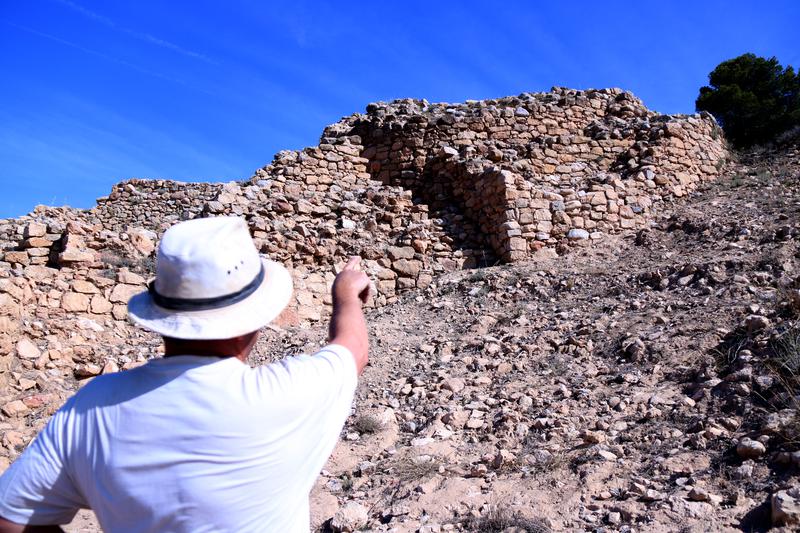Unusual findings at southern Catalonia Iberian settlement
The settlement dates back to the 7th century BC to the 1st century BC

The Assut de Tivenys Iberian settlement near the Ebre river delta continues to surprise archaeologists 25 years after its discovery.
Archaeologists recently discovered a temple that was built outside the city walls, an uncommon occurrence among northeastern Iberian sites.
Although it is not the only case in the Iberian Peninsula, there is no record of similar temples in the northeast of the Iberian Peninsula or in Catalonia.
"We found a sanctuary built outside the settlement, which is strange because they were usually built within them, and on top of that, it's right next to a door. It's not the only one of its kind because there are others in the Iberian Peninsula like it, and that helped us identify it as a sanctuary," Jordi Diloli, the excavation director told the Catalan News Agency (ACN).
The discovery of a temple built outside the city walls would reinforce the archaeological and historical importance of this Iberian settlement near the Ebre river.
The settlement, which dates back to around the 7th century BC to the 1st century BC, turned out to be much larger than initially expected.
"We knew there was something here. We thought it would be a small village and not much else until we saw it kept on going. We're talking about almost half a hectare of land," Diloli said.